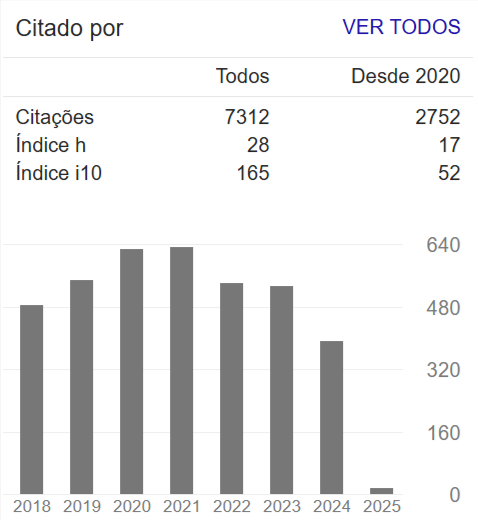ISOTOPIC COMPOSITION OF GROUNDWATER AND PRECIPITATION IN NEBRASKA, USA
Resumo
Nearly 60% of all water use in Nebraska is from groundwater, and over 90% of groundwater is used for irrigation. The sustainability of groundwater resources is dependent on groundwater recharge, and the combined evaluation of stable isotope composition of groundwater and precipitation represent an important tool to better understand this process. In the summer of 2011, 798 groundwater samples were collected across Nebraska by the Natural Resource Districts (NRDs), and analyzed for δ2H and δ18O of water by cavity ring down laser spectroscopy method, using a Picarro analyzer. Results indicated that isotopic composition of groundwater have not shown a strong systematic variation with depth of the screen, and values of δ18O ranged from -17.8 to -3.1‰, while δ2H ranged from -134.7 to -30.8‰, matching with the GMWL. The groundwater isotope composition follows a similar pattern of becoming more depleted moving from southeast to northwest, similar to the spatial variations observed on precipitation. Weighted growing season precipitation values are similar to the groundwater composition indicating the majority of groundwater recharge occurs during the summer months.

















